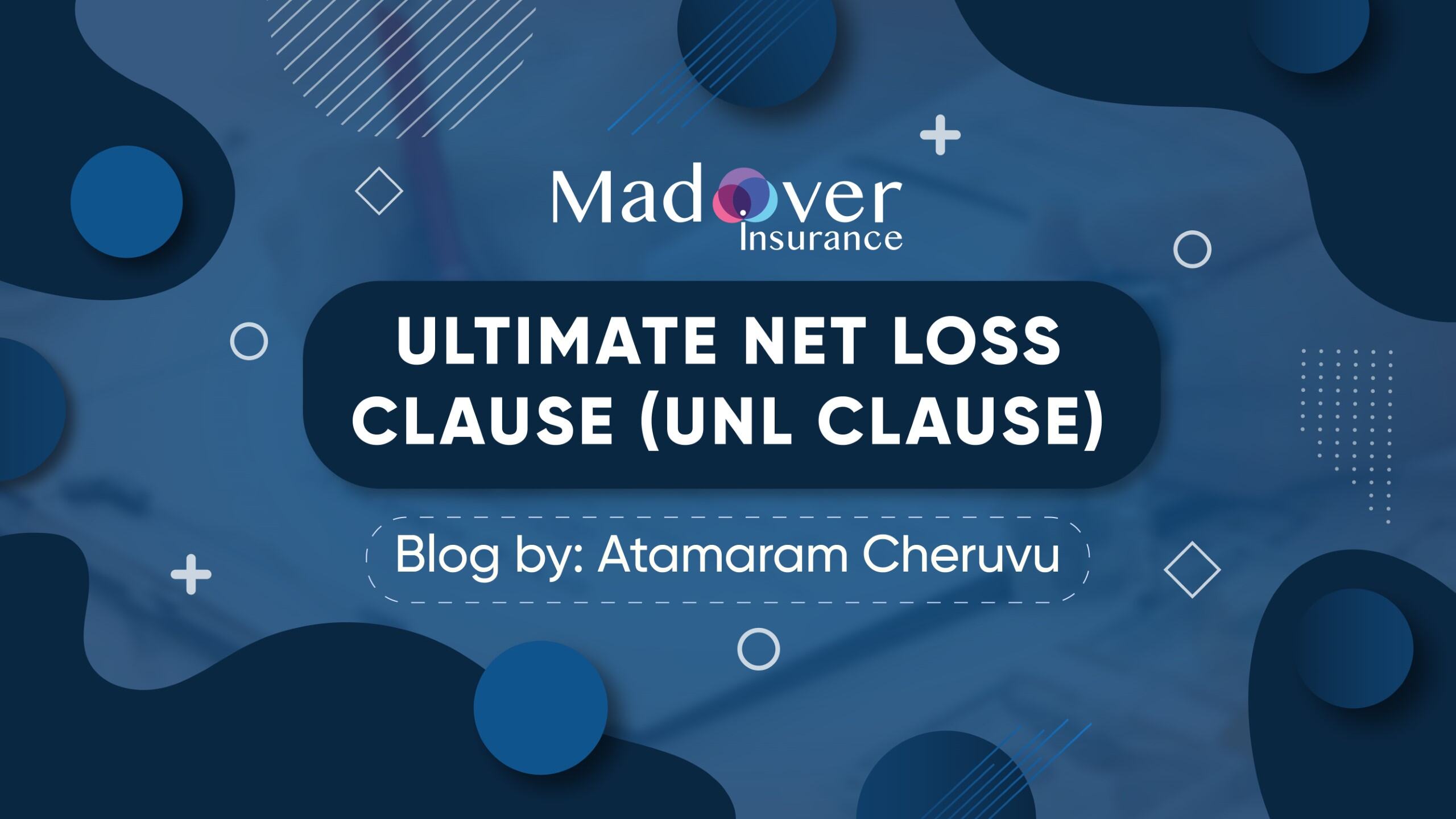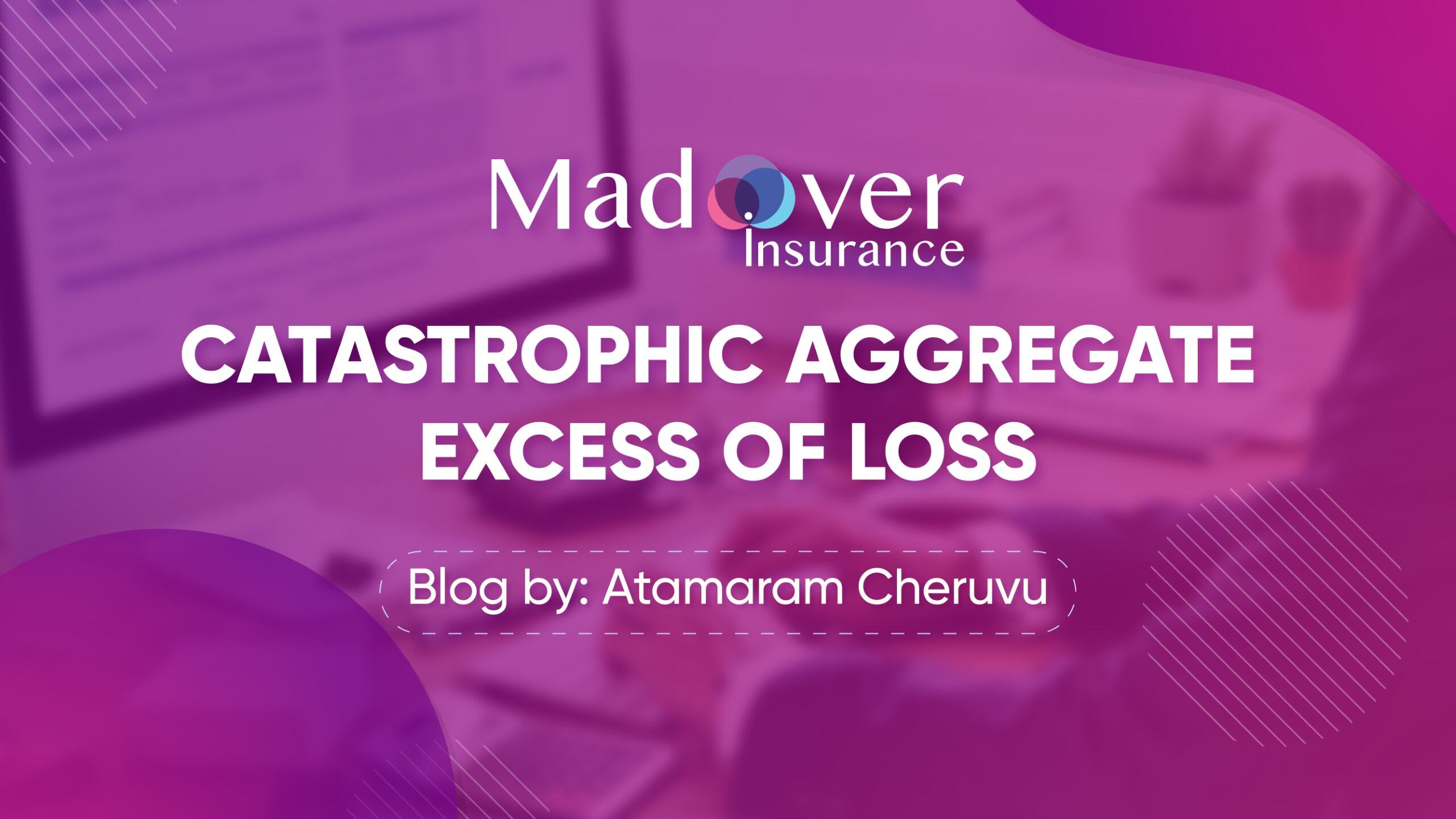In India, a reinsured doesn’t get the full credit for Reinsurance in solvency calculations.
Let’s understand the factor-based solvency calculations in India.
Required Solvency Margin 1 (RSM 1) calculations is based on Premium.
Required Solvency Margin 2 (RSM 2) calculations is based on Claims.
RSM 1: Gross Premiums multiplied with “FACTOR A” are compared with Net Premiums and higher of the two is considered.
Let’s consider that for the reinsured for fire portfolio:
Gross Premium = USD 100 m.
FACTOR A for Fire portfolio is 0.5. (this factor is in regulation)
Therefore, Gross Premium multiplied with factor A = USD 50 m.
Let’s assume, the average retention is 20%.
Hence, Net premium = USD 20 m.
Hence, for RSM 1, USD 50 m will be considered. As we can see, even though reinsured has ceded 80% of the premium to reinsurers and retained only 20%, full credit of 80% is not being given. Credit of 50% is only given.
If we consider a motor portfolio, where normally the reinsured retains 96% (only reinsurance usually done is the 4% obligatory), let us look at the RSM 1 calculations.
Assume Gross Premium = USD 1000 million.
FACTOR A for Motor portfolio is 0.85. (this factor is in regulation)
Therefore, Gross Premium multiplied with factor A = USD 850 m.
Net premium = USD 960 m.
For motor portfolio, USD 960 m will be considered as RSM 1.
What it tells us is that the reinsured has scope to cede additional 11% to take full advantage of reinsurance. Hence, Quota share is an excellent tool for solvency relief.
Tomorrow Blog let’s look at RSM 2 calculations.
Blog by Atmaram Cheruvu









